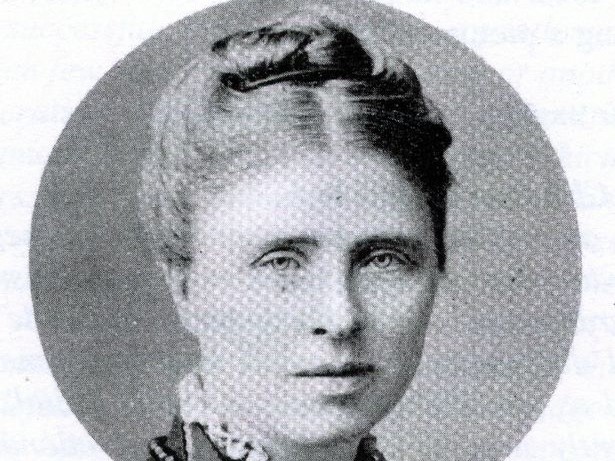Women enter Medicine
 Eliza Walker Dunbar
Eliza Walker Dunbar
During the 1860s and 1870s the campaign to allow women to practice medicine gathered strength. The RCPI took advantage of the provisions of the 1876 Enabling Act, allowing medical colleges to decide if they would admit women.
In January 1877 Eliza Walker Dunbar sat and passed the Licentiate examinations. She became the first women to receive RCPI’s Licentiate in Medicine, and RCPI became the first institution in Britain and Ireland to award a registrable medical qualification to a woman.
In reflecting on the struggle to gain access to the medical profession Sophia Jex-Blake, one of the leading campaigners, described this decision by RCPI as
'the turning point in the whole struggle’.